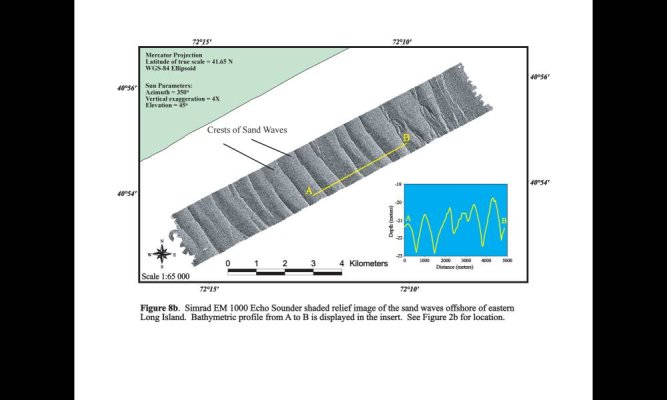While I do periodically practice my hydraulic helm steering, couldn't imagine getting underway without a jog lever, or AP remote either set as compass heading or rudder angle. For me, making modest changes to heading by adding or subtracting a degree or 2 is just to easy. When cruising up winding rivers, being able to effortlessly spin the electronic wheel to the desired turn, allows me to focus on the next turn versus cranking the wheel back and forth. While I drove boats for years without an autopilot, I couldn't visualize it anymore than giving up my moving map chart plotter for a paper chart.
Another point worth considering is how many turns from lock to lock. My current boat is 7 turns which makes hard turns significantly more cranking. However, I have a huge foil rudder which only requires an 8th to a 16th of turn to effect change. When hand steering, I glance at the rudder angle indicator as I know how much change I want, not always intuitive by turning the wheel.
Ted


